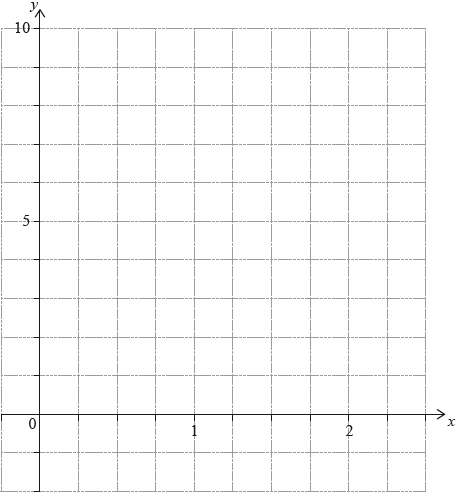| Date | November 2018 | Marks available | 1 | Reference code | 18N.3.AHL.TZ0.Hsrg_4 |
| Level | Additional Higher Level | Paper | Paper 3 | Time zone | Time zone 0 |
| Command term | Give a reason and State | Question number | Hsrg_4 | Adapted from | N/A |
Question
Consider the functions , : defined by
and .
Find .
[3]
a.i.
Find .
[2]
a.ii.
State with a reason whether or not and commute.
[1]
b.
Find the inverse of .
[3]
c.
Markscheme
() (M1)
A1A1
[3 marks]
a.i.
A1A1
[2 marks]
a.ii.
no because R1
Note: Accept counter example.
[1 mark]
b.
(M1)
(M1)
A1
[3 marks]
c.
Examiners report
[N/A]
a.i.
[N/A]
a.ii.
[N/A]
b.
[N/A]
c.


